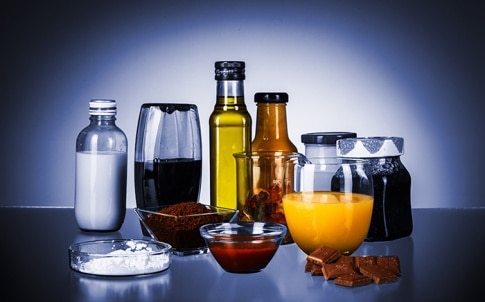
Industrially produced food products and their primary agricultural products are amongst the best characterized and continuously monitored substances of daily life. Because of the impact of food quality on human health, chemical analysis is demanded by law in most countries. Trace element analysis, e.g. for toxic heavy metals like lead, cadmium or mercury is a routine task in industrial and governmental food testing labs.
The recovery rates of certified reference materials were determined with the Multiwave 7000 microwave digestion system from Anton Paar.
The quantitative analysis was performed on ICP-MS, Agilent 7900. Helium was used as collision gas to compensate poly-atomic interferences.
The samples used are: Oyster Tissue (Standard Reference Material, NIST 1566b) and Trace Elements in Spinach Leaves (Standard Reference Material, NIST 1570a).
Click on the link above and download the application report to find out the interesting key findings of this experiment.










Radio wave weapon knocks out drone swarms
Probably. A radio-controlled drone cannot be completely shielded to RF, else you´d lose the ability to control it. The fibre optical cable removes...